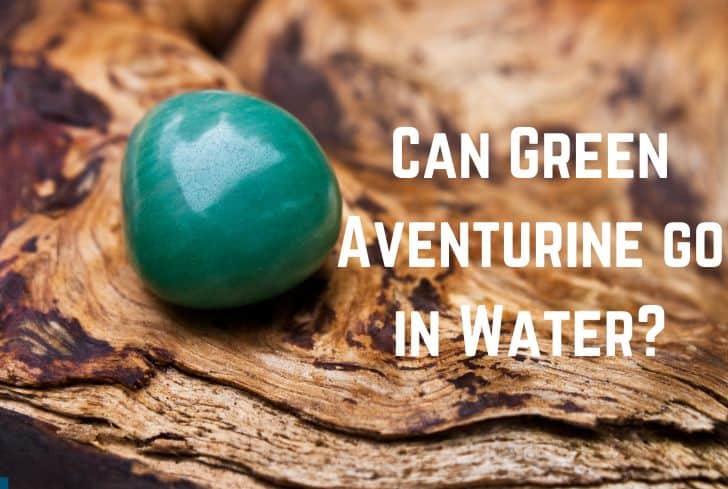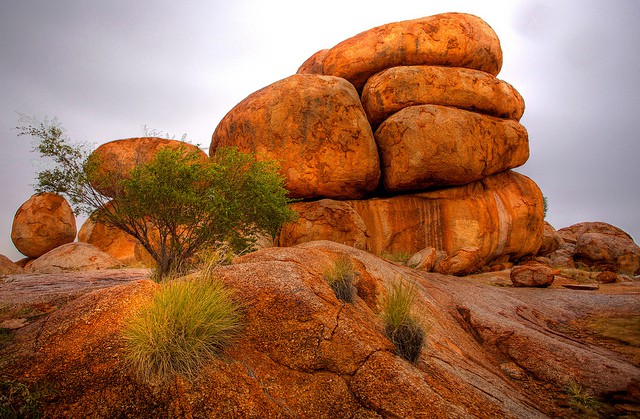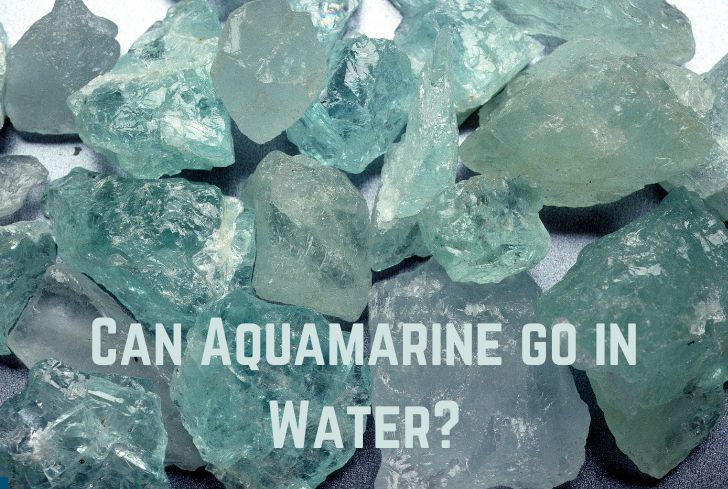What is Mica? How is Mica Formed? What is it is Used For and Various Properties of Mica

Mica, which is essentially a compound of silicate minerals, is comprised of closely related materials that have perfect basal cleavage. They are monoclinic with a tendency of pseudohexagonal crystals, having similar chemical composition. They belong to the category of principal rock-forming minerals and are found in various categories like sedimentary, igneous, and metamorphic.
How is Mica Formed?
Micas do originate as a result of diverse processes and several conditions. There are various processes of formation that includes deposition by fluids derived from magmatic activities, consolidating magmas, deposition of fluid circulating by both contact and regional metamorphism, and also by alternate process. They are even caused by weathering of feldspar and minerals. The presence of mica or chemical composition can serve as geothermometers or geobarometers.
Distinct crystals of micas occur in few rocks, like igneous and pegmatites. Micas may occur in large crystals or books, and they measure up to several meters across. The mica grains are extremely small and have characteristic shiny cleavage surfaces.
Glauconite, an iron potassium phyllosilicate of the mica group formed in marine environments, is also found in seafloors where clastic sedimentation occurs. Although the glauconite is interpreted to be formed from pre-existing layered silicates, most of it appears to be crystallized from the aluminosilicate gels, which is influenced by biochemical activities that reduce the environment.
The common rock-forming micas are distributed widely. Biotite occurs in igneous rocks, pegmatite occurs in masses. During chemical weathering, it’s usually rare in the sedimentary rocks and sediments. Also, biotite tends to lose its elasticity and become decolorized due to the appearance of greyish silver flakes.
Weathered biotite is golden yellowish, having a bronzy luster and having the appearance of gold flakes.
Muscovite is another hydrated phyllosilicate mineral that commonly occurs in metamorphic gneisses and phyllites. Muscovite occurs as microscopic grains and gives the rock a silky luster. Much of the muscovite in igneous rocks is thought of being having formed late. It’s relatively resistant to weathering and occurs in soils, clastic sediments and sedimentary rocks are derived from them.
Phlogopite is rare in igneous rocks, but it contains some ultramafic rocks. It occurs in periodontitis, kimberlites where rocks in diamond occur. They are a unique constituent of some magnesium-rich pegmatites. It’s generally found in impure limestone that has undergone contact metasomatism, a procedure through which the chemical composition of the rocks is changed.
What is Mica Used For?
Mica is a naturally occurring stone directly applying to a set of minerals having silica in its highest form. Mica finds various usages in different industries. Let’s find out some of them.
- Mica is used in paint as a pigment extender, which also helps to brighten the tone of colored pigments.
- In the case of the electrical industry, the same is used as thermal insulators and electrical insulators in the case of isotonic equipment.
- The shiny and glittery appearance makes it ideal for toothpaste and cosmetics.
- Due to the high thermal resistance, it is used as insulators in many electronic appliances.
- Mica shields or gauge glass mica is generally used in securing the liquid level gauges from the corrosive and acidic solutions.
- Mica is invariably used for fillers, extenders that provide smoother uniformity, thereby improving workability and preventing cracks.
- Mica can be added to grease, thereby increasing its durability and giving it a better surface.
- Mica can be used as a soil conditioner and also in potting soil mixes and other gardening plots.
- Mica is used in gardening plots.
- It finds its usage in the automotive industry as a superior thermal barrier. That makes it ideal for improving heat transfers in clutches and brake pads.
- For the foundry and steel industry, mica is used for coating in iron and aluminum production casting.
Various Properties of Mica
Mica belongs to a very important and large group of minerals that are highly suitable for various applications. Mica has some properties distinguished from others.
- Physical Properties: Mica is translucent and can be easily split into thin films along its cleavage. Its optically flat, colorless, firm like thin sheets, elastic, and of course, incompressible.
- Chemical Properties: It is a compound of hydrous silicate of aluminum, containing iron, potassium, magnesium, sodium fluorine, and also a few traces of numerous other elements. It is static to the action of water, and even acids barring a few like hydrofluoric and concentrated sulfur. It remains unchanged by atmospheric effects.
- Electrical Properties: Mica has the exclusive combination of uniform dielectric steadiness, capacitance stability, and enormous dielectric power. It has a high Q factor and lower power loss, low-temperature coefficient, and high electrical resistance. It has a high resistance to arc, corona discharge without causing any lasting injury effect.
- Thermal Properties: Mica is highly fireproof, non-flammable, incombustible, infusible, and can resist temperature up to 1000 degrees Celsius. Although the thermal properties largely depend on a lot on the type and variety of mica used, it has excellent thermal stability. Mica is characterized by low heat conductivity and can be easily exposed to high temperatures without any visible effect.
- Mechanical Properties: Mica is highly tough and has high tensile strength. It’s elastic and also flexible. Mica possesses immense compression power and can be machined, hand-cut or die punched.
What was the Use of Mica in Early History?
The use of mica dates back to the 21st century AD. Various countries like Greece, India, Egypt, Rome, China, and the Aztec world used mica for various purposes since the pre-historic ages. The earliest use of mica was seen in the case of cave paintings created during the Upper Palaeolithic age. The first hues, which were red, or black, were discovered. The elements used were red oxide, red ochre or hematite.
White colors from kaolin or mica were often used. The pyramid of the sun that stands a few kilometers northeast of Mexico City, there stands the ancient site of Teotihuacan. Natural mica was used to make pottery. Mica flakes are also used in Pakistan in embellishing women’s clothes.
Dupattas are striped using mica added to hot starch. Mica powder is used in decorating traditional Japanese woodblock printing. Ayurveda, the traditional Hindu medicine discipline, uses mica in the process of treating respiratory and digestive ailments.
Various Benefits of Using Mica
Since mica has reflective property, they are used in case of preparing cosmetics for women. They are a great choice for women with sensitive skin. Mica is non-irritating and helps to calm down sensuous skin. The chemical ingredients often cause swelling, redness and irritation. Mica is widely used in the process of preparing beauty products like foundation, facial powders, eye shadows, blushes, lotions, body powders, beauty creams and natural sunscreens.
Various Disadvantages of Using Mica
It’s been observed that the usage of mica causes skin diseases and ailments, especially cancer. The top approved colors to mica are blue, citrus red, green, orange, and red. It’s also a known fact that children who work in mines die due to the ill effect of mica on health. Sometimes, cosmetics, where mica is used, can cause microscopic lesions in your skin, leading to irritation and redness.
Countries That Mine Mica
The countries that produce mica are China, Russian Federation, Finland, the United States, Republic of Korea, Canada, India, Argentina, Madagascar, Iran, Malaysia, Spain, Sri Lanka, South Africa, Sudan, and Peru. These countries extract mica, which is generally obtained by mining procedures, for various purposes.
Resources:






